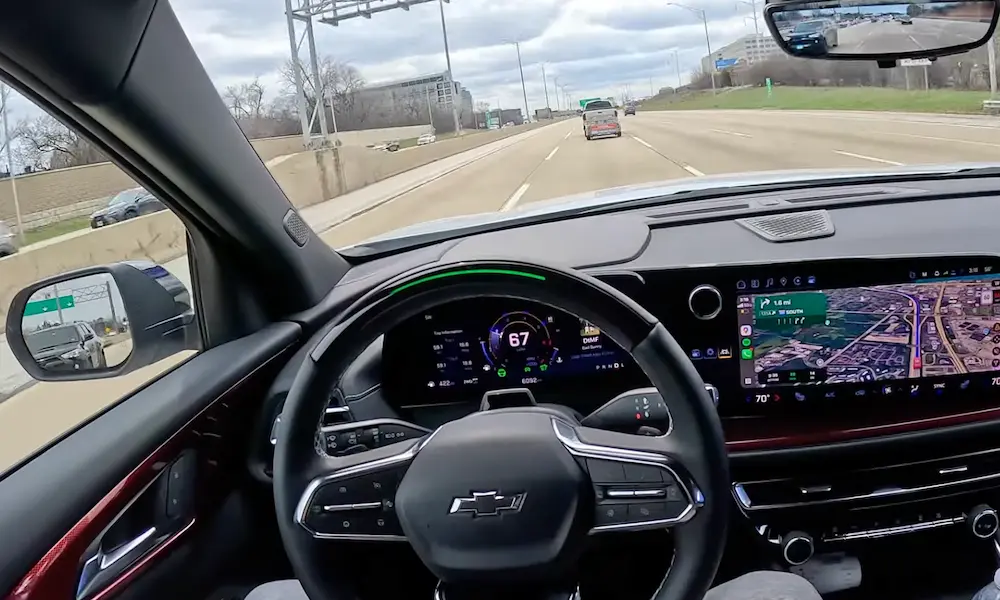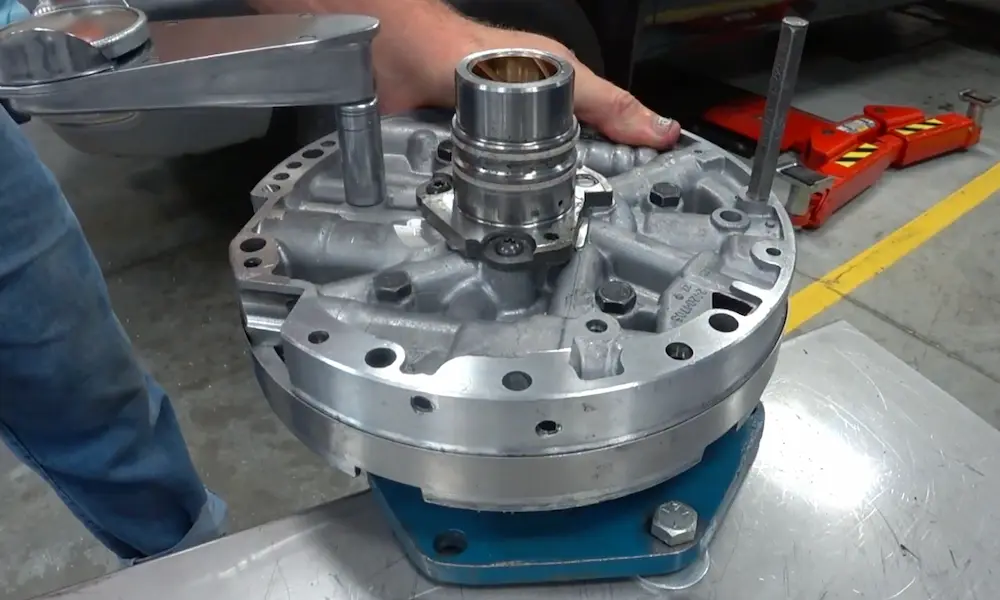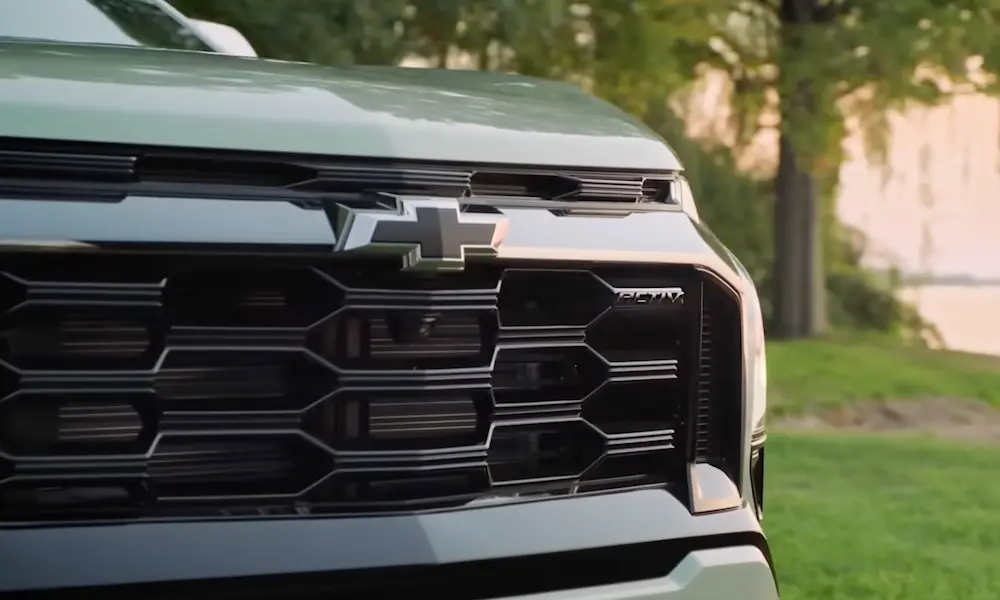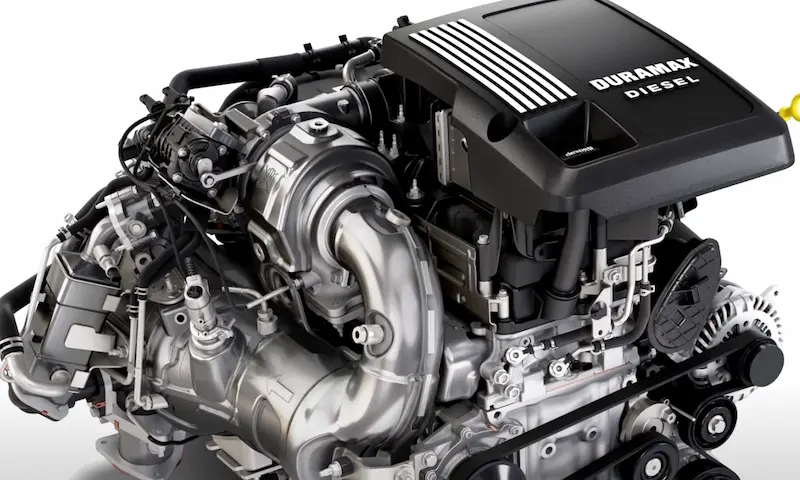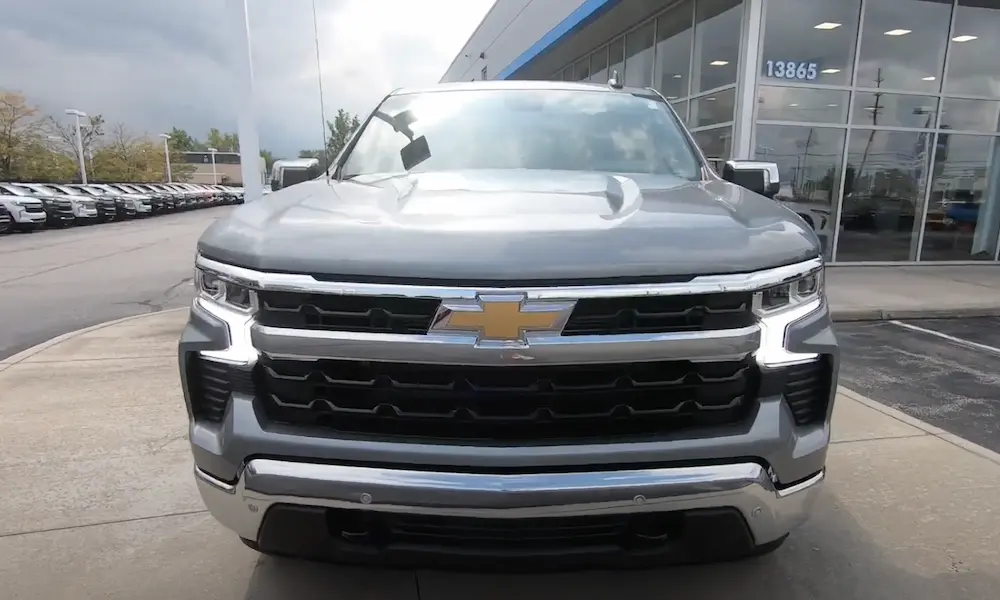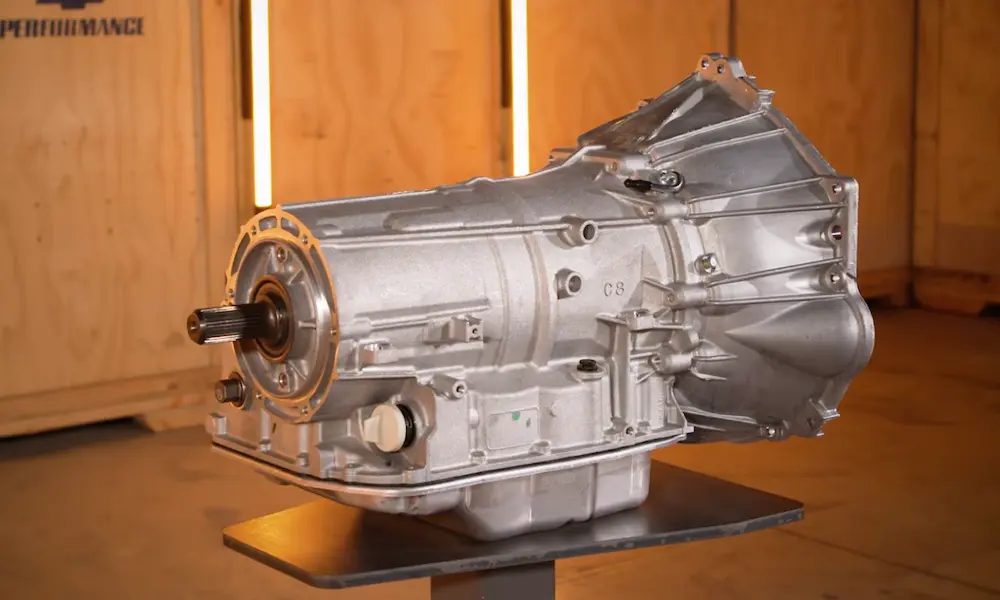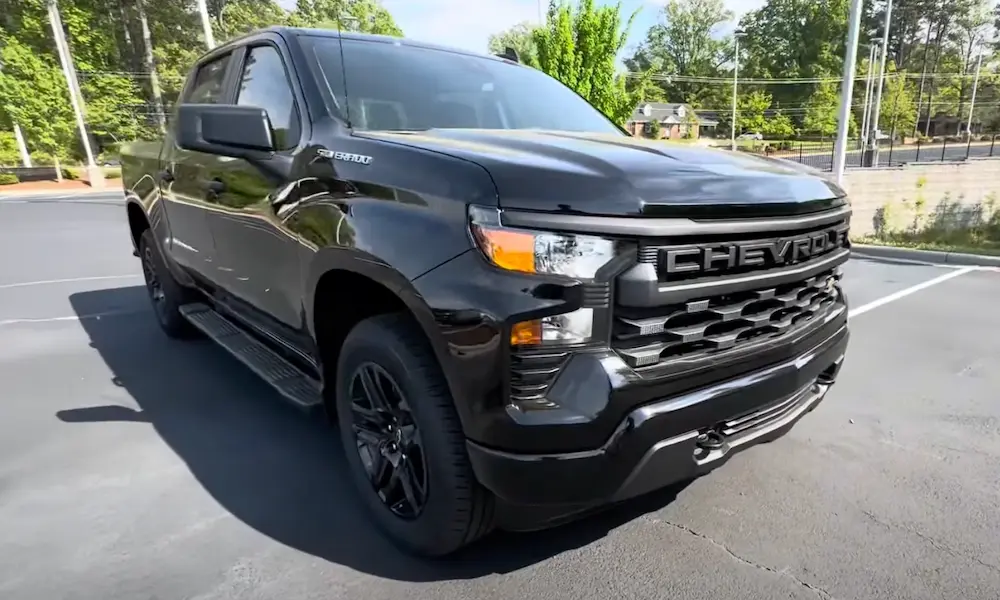Looking for the nitty-gritty details on the GM L77 powerplant? You’ve landed in the right place. This comprehensive breakdown covers everything from basic specs to the engineering details that make this 6.0-liter V8 engine a remarkable piece of technology. Whether you’re researching for a potential swap or just curious about what powers certain Holden models and police vehicles, we’ve got you covered.
What Makes the L77 Engine Special?
The L77 6.0L V8 is a member of GM’s Generation IV Small Block engine family, featuring an aluminum block and impressive power figures. What sets it apart from its LS cousins? It combines traditional LS architecture with fuel-saving technology and flex-fuel capabilities.
The engine was primarily featured in the Chevrolet Caprice Police Pursuit Vehicle (PPV) and various Holden models between 2011 and 2017. Unlike other LS engines, it was designed with both performance and efficiency in mind, making it unique in the GM lineup.
L77 Engine General Specifications
Here’s the quick rundown of what you need to know about the L77:
| Specification | Details |
|---|---|
| Displacement | 6.0L / 364 cubic inches |
| Horsepower | 362 hp (manual), 349 hp (automatic) |
| Torque | 391 ft-lbs (manual), 381 ft-lbs (automatic) |
| Compression Ratio | 10.4:1 |
| Block Material | Aluminum |
| Head Material | Aluminum |
| Fuel System | Electronic fuel injection with FlexFuel capability |
| Production Years | 2010-2017 |
The L77 engine features Active Fuel Management (AFM) technology, which shuts down four cylinders during light-load conditions to improve fuel economy. It’s essentially an evolution of the L76 engine but with added FlexFuel capabilities allowing it to run on E85 ethanol.
Vehicles That Used the L77 Engine
The L77 engine wasn’t as widely used as some other LS variants, but it found homes in several notable vehicles:
- 2011-2017 Chevrolet Caprice Police Pursuit Vehicle (PPV)
- 2010-2013 Holden VE II Commodore and Ute
- 2013-2015 Holden VF Commodore and Ute
- 2010-2013 Holden WM Caprice
- 2013-2015 Holden WN Caprice
These applications showcase the engine’s versatility—from police interceptors to Australian performance sedans, the L77 delivered both power and reasonable fuel economy.
L77 Engine Block Details
The foundation of any engine is its block, and the L77’s aluminum construction offers an excellent balance of strength and weight savings.
Block Specifications
- Material: Aluminum
- Casting Number: 12568952
- Bore Diameter: 4.000 inches
- Stroke: 3.622 inches
- Deck Height: 9.240 inches
- Bore Spacing: 4.400 inches
The L77 block features a robust 6-bolt main cap design that improves bottom-end strength compared to 4-bolt designs. This makes it capable of handling significant power increases when modified.
Internal Block Measurements
- Main Housing Bore: 2.751 inches
- Cam Housing Bore: Varies (Bore 1/5 = 2.346″, Bore 2/4 = 2.326″, Bore 3 = 2.307″)
- Cam-to-Crank Centerline: 4.914 inches
- Thrust Bearing Location: #3 Main
These precise dimensions contribute to the engine’s balance of performance and reliability, with the 6-bolt main design being particularly valued among performance enthusiasts.
L77 Rotating Assembly
The rotating assembly determines not just how much power an engine can make, but how reliably it can make it and how high it can rev.
Crankshaft Specifications
- Material: Cast Iron
- Part Number: 12588613
- Main Journal Diameter: 2.559 inches
- Rod Journal Diameter: 2.100 inches
- Reluctor Wheel: 58x (for precise engine timing)
The cast iron crankshaft provides excellent durability, while the 58x reluctor wheel allows for more precise ignition timing compared to older 24x systems.
Connecting Rods and Pistons
- Connecting Rod Material: Powdered Metal
- Rod Style: I-beam
- Rod Length: 6.098 inches
- Rod Housing Bore: 2.225 inches
- Rod Bolts: M9 x 1 x 43
- Rod Part Number: 12649190
- Piston Material: Hypereutectic Cast Aluminum
- Piston Style: Flat Top
- Wrist Pin Diameter: 0.9431 inches (Full Floating)
The powdered metal connecting rods are stronger than cast units but not as strong as forged options. For most street applications, they’re more than adequate, though serious performance builds often replace them with forged alternatives.
L77 Cylinder Heads and Valvetrain
The cylinder heads are where the magic happens in any engine, controlling airflow and combustion characteristics.
Cylinder Head Details
- Casting Numbers: 5364, 823
- Material: Aluminum
- Combustion Chamber Volume: 68-70cc
- Intake Port Shape: Rectangle
- Intake Runner Volume: 257cc
- Exhaust Port Shape: D-Port
- Exhaust Runner Volume: 87cc
These cylinder heads are designed for efficient airflow while maintaining the compression ratio needed for both power and fuel efficiency.
Valve Specifications
- Intake Valve Size: 2.165 inches
- Exhaust Valve Size: 1.590 inches
- Valve Angle: 15 Degrees
- Valve Springs: Beehive style
- Rocker Arms: Die-cast, roller fulcrum with 1.7 ratio
The L77’s valvetrain uses beehive-style valve springs which help control valve motion at higher RPMs, while the 1.7 ratio rocker arms provide increased valve lift without changing the camshaft.
L77 Camshaft Specifications
The camshaft profile largely determines an engine’s personality—how it idles, makes power, and responds to throttle inputs.
- Camshaft Part Number: 12625439
- Duration @ .050″ (intake/exhaust): 196°/208°
- Valve Lift (intake/exhaust): 0.478″/0.466″
- Lobe Separation Angle: 116°
- Cam Gear Attachment: 1-Bolt
The relatively modest duration figures indicate a camshaft designed for low-end and mid-range torque, which is ideal for street driving and throttle response. The wide 116° lobe separation angle helps create a smooth idle, which is especially important with Active Fuel Management.
Additional valvetrain components include:
- Lifter Style: Hydraulic Roller
- Pushrod Length: 7.385 inches
- Active Fuel Management (AFM): Yes
- Variable Valve Timing (VVT): No
Fuel System and Electronics
The L77’s fuel system is designed to handle both standard gasoline and E85 ethanol.
- Throttle Body Size: 90mm, 4-bolt design
- Throttle Control: Electronic (Drive-by-Wire)
- Fuel Injectors: Part #12639221
- Injector Flow Rate: 42 lb/hr @ 58 psi
- Flex Fuel Capability: Yes
- Engine Control Module: E38
The electronic throttle control (drive-by-wire) eliminates the traditional throttle cable, allowing the computer to precisely control throttle opening for improved drivability and fuel economy. The E38 ECM is more advanced than earlier LS engine controllers, offering better tuning capabilities and processing power.
Performance Potential and Modifications
The L77 responds well to traditional LS engine modifications, with some considerations for its Active Fuel Management system.
Common Upgrades Include:
- AFM Delete Kit: Many enthusiasts disable the Active Fuel Management system for improved reliability and performance.
- Camshaft Upgrade: A more aggressive camshaft can significantly increase power, especially when paired with supporting modifications.
- Headers and Exhaust: Improved exhaust flow can release 15-25 additional horsepower.
- Cold Air Intake: Enhanced air intake systems can provide modest power gains and improved throttle response.
- Performance Tuning: Custom ECM tuning can improve power, torque, and drivability, especially after hardware modifications.
When modified with basic bolt-ons (intake, headers, exhaust, and tune), the L77 can easily produce over 400 horsepower while maintaining good drivability. More extensive modifications can push these engines well beyond 500 horsepower.
L77 vs. Other LS Engines
How does the L77 compare to its LS family members? Here’s a quick comparison:
| Feature | L77 | L76 | LS3 |
|---|---|---|---|
| Displacement | 6.0L | 6.0L | 6.2L |
| FlexFuel Capable | Yes | No | No (most applications) |
| Active Fuel Management | Yes | Yes | No (most applications) |
| Horsepower (stock) | 362hp | 361hp | 426-436hp |
| Block Material | Aluminum | Aluminum | Aluminum |
| Compression Ratio | 10.4:1 | 10.4:1 | 10.7:1 |
The main difference between the L77 and L76 is the FlexFuel capability. Compared to the LS3, the L77 has a smaller displacement and includes Active Fuel Management, with consequently lower power output. However, the L77 shares many parts with both engines, making cross-compatibility excellent for modifications and repairs.
Torque Specifications for L77 Engine
Proper torque values are crucial when working on any engine. Here are the key torque specifications for the L77:
- Main Cap Bolts:
- Inner bolts: 22 ft-lbs + 90° + 90°
- Outer bolts: 15 ft-lbs + 90° + 90°
- Connecting Rod Bolts: 15 ft-lbs + 75°
- Cylinder Head Bolts:
- First pass: 22 ft-lbs
- Second pass: 90° additional turn
- Third pass: 90° additional turn
- Rocker Arm Bolts: 22 ft-lbs
- Camshaft Retainer Bolt: 18 ft-lbs
- Harmonic Balancer Bolt: 37 ft-lbs + 140°
- Intake Manifold Bolts: 89 in-lbs (7.4 ft-lbs)
These specifications, when followed correctly, ensure proper clamping loads and prevent component failure. Always refer to a factory service manual for complete torque sequences.
Common Issues and Solutions
While generally reliable, the L77 does have some known issues to watch for:
Active Fuel Management Problems
AFM can cause increased oil consumption in higher-mileage engines. Many owners opt to disable this system using specialized kits that include replacement lifters and valley cover.
Timing Chain Wear
The timing chains on higher mileage L77 engines can stretch, causing timing-related issues. Listen for a rattle on startup that quickly goes away—this can indicate a worn timing chain.
Valve Spring Failure
The factory valve springs can become weak over time, especially in engines that see higher RPM use. Aftermarket valve springs are a common upgrade even for mildly modified engines.
Valley Cover Oil Leaks
The valley cover gasket can leak oil, especially when the PCV system isn’t functioning correctly. Proper PCV system maintenance helps prevent this issue.
L77 Engine Swap Considerations
The L77 makes an excellent engine swap candidate for many projects. Here are key considerations:
- Wiring and Electronics: You’ll need the engine control module (ECM), wiring harness, and possibly a conversion harness depending on your application.
- Transmission Compatibility: The L77 works well with 4L60E, 4L80E, 6L80E automatic transmissions and T56 manual transmissions among others.
- Oil Pan Clearance: Depending on your vehicle, you may need a different oil pan for proper ground clearance and steering component fitment.
- Accessory Drives: Consider what power steering pump, alternator, and A/C compressor setup will work best in your application.
- Fuel System Requirements: Ensure your fuel system can provide adequate volume and pressure (58-60 psi) for the L77’s injectors.
For most GM vehicles from the 1960s through the early 2000s, an L77 can be made to fit with commercially available motor mount adapters and swap components.
L77 Engine Maintenance Tips
To keep your L77 running strong:
- Use high-quality synthetic oil (5W-30 is typically recommended)
- Change your oil every 5,000-7,500 miles
- Regularly check for oil leaks around the valley cover and oil pan
- Keep the cooling system in good condition with proper coolant
- Consider disabling AFM if you notice excessive oil consumption
- Use the correct spark plugs (ACDelco 41-985 or equivalent) gapped at 0.040″
- Monitor for unusual noises, especially timing chain rattle
With proper maintenance, an L77 engine can easily last well over 200,000 miles, even in performance applications.
Where to Find L77 Engines Today
If you’re looking to purchase an L77 engine:
- Salvage Yards: Look specifically for 2011-2017 Chevrolet Caprice Police Vehicles or imported Holden vehicles
- Online Marketplaces: eBay, Facebook Marketplace, and forums dedicated to LS engines
- Specialty Retailers: Some companies specialize in importing and selling Holden powertrains
- Crate Engine Suppliers: While not as common as other LS engines, some specialty shops offer rebuilt L77 engines
Expect to pay between $3,000-$6,000 for a complete used engine with accessories and electronics, depending on mileage and condition.
The L77’s Legacy in the LS Engine Family
Though not as famous as the LS1, LS3, or LS7, the L77 occupies an interesting niche in the LS engine family. Its combination of displacement, aluminum construction, reasonable power output, and fuel management technology made it ideal for specific applications.
Today, it represents excellent value for engine swap projects and builds where both performance and efficiency are desired. While production ended in 2017, the L77’s influence continues in modern GM V8 engines that balance performance with increasingly stringent efficiency requirements.



